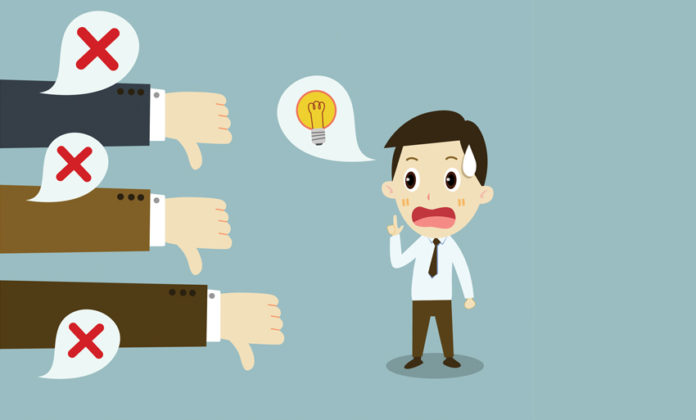Every business that takes the time to implement a customer experience strategy likely has the same goal: for their customers to have a seamless customer journey when doing business with them and become brand ambassadors. That’s the dream, right?
There’s good reason, too. 89% of companies expect to compete on the basis of customer experience in the near future. Customer retention, improved customer satisfaction, increase in revenue…they’re all by-products of a strong customer experience.
Yet, so often, even companies with ambitious goals for their customer experience fall short. And according to American Express, 78% of consumers have bailed on a transaction because of a bad service interaction.
Luckily, there are many diagnosable reasons for a failing CX strategy. We’ll take a look at those, along with the best remedies to get you back on the right track.
Common Reasons for CX Failure
CX is only a priority…when management hears about it
Many times, if there is a mistake on the customer service side, it is swept under the rug in favor of losing reputation or being punished.
While there is a learning curve and negative feedback can ultimately help make your company better, the ‘wait until mom or dad finds out it’s broken’ approach is a sure sign of CX failure. CX representative mistakes are more likely than one might think. According to a Harris Interactive Poll, customer service agents failed to answer customers’ questions nearly 50% of the time.
The fix?
Empowering employees and giving them opportunity to give feedback, the freedom to make certain exceptions with customers, and an understanding that if they make mistakes it will ultimately serve a purpose can all help to bridge the gap between customer service employees and upper management. After all, customer service needs to be a company-wide obsession. Putting your CX reps in a position to succeed is of the utmost importance. Poor employee training costs a business both time and money.
Quality employee training can help reduce turnover, which ultimately saves the company money on future trainings. Statistics back up the case that happy employees = happy customers = greater profits. In fact, Fortune’s top 100 companies to work for averaged a 10.8% growth.
Furthermore, having the right person interacting with the customer at first contact will keep CX reps out of an uncomfortable position that they may try to hide from upper management.
You don’t truly ‘get’ your customers
Every company is likely able to identify its target demographic and can answer the question of “Who buys my product?” By doing this, it instills a false confidence that they truly understand how their customer shops and what their customer wants.
Age, gender, interests, and professional experience are all important to know, but there is a lacking synthesis between all of that data to create a customer profile that all customer-facing areas of your business should know about.
The result of a misconstrued view of your customer is messaging that can be untimely, misinformed, and non-personalized. In fact, a survey from IBM found that 81% of companies surveyed report having achieved a “holistic” view or being well on their way, but only 22% of consumers report that average companies do a good job of personalizing their relationship. So while most companies think they ‘get’ their customer, the customers tell a different story.
The fix?
Design thinking is a great way to truly get a sense of how to reach your customer on a CX level. Rather than relying on ‘gut instincts’ and raw data, a design-focused company truly empathizes with the customer, challenges assumptions in favor of innovation, and finds the ‘why’ behind customer decisions to uncover deeper meaning.
There may be more risk involved in the approach, but one 2014 study found that design-focused companies have outperformed the S&P 500 index by 228% in the last decade
Good design thinking can nurture customer-centric product innovation, help remove pain points in the customer journey, and inform companies of what not to do in CX.
Inconsistent Customer Experience
A scattered, inconsistent customer experience can come in many forms. It can be the constant bouncing back and forth from agent to agent to find the right person for the customer to talk to.
It can be a customer having to repeat or enter the same information as they jump from one channel to the next (90% of customers expect consistent interactions across channels). Or, it can be as simple as a customer not understanding how to fill out a form–or find the form on your website in the first place. All of these contribute to a leading cause of CX failure– a broken customer journey.
The fix?
Embracing an omni-channel CX platform such as Glia can aid greatly in the broken customer journey. Omnichannel platforms are all about a system of engagement that can create an as seamless customer journey as possible. Through live observation and CoBrowsing, agents are able to see the issues customers are dealing with in real-time – allowing them to provide more personalized service and efficient resolution. It’s touches like these that help keep the customer happy.
In Conclusion
While there are many issues that can plague a CX strategy, most have logical remedies that with a little time and effort can be implemented. Having a customer-centric approach from the top to the bottom of a company will keep a consistency in service and have a much greater chance of yielding lucrative results. What do you think leads to a failing CX strategy?





